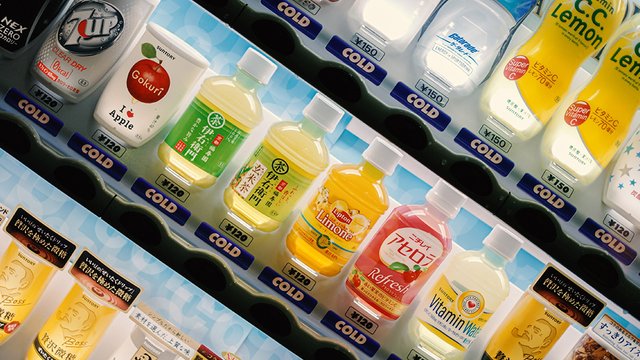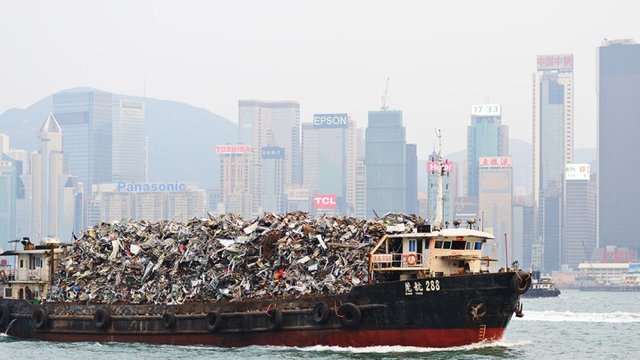Sekisui Chemical Co., Ltd. and Sumitomo Chemical Co., Ltd. have agreed in February to form a strategic alliance to cooperate in manufacturing polyolefin from combustible waste.
Previously, Sekisui Chemical has worked with a U.S. corporation, LanzaTech Inc., and has succeeded in developing a new production technology that enables the gasification of combustible waste into carbon monoxide and hydrogen. These gases will be converted into ethanol by using a microbial catalyst, thus it does not use heat or pressure. In addition, this new production technology doesn’t require waste to be sorted in advance, making the process easy and convenient.

Polyolefin is durable, non-toxic and heat resistant. Thus it can be found in many products, like bottles, straws and food wraps. (Image: Shutterstock)
As for Sumitomo Chemical, the company will develop a new technology to use this ethanol, made from waste, as a raw material to produce polyolefin from ethylene. Polyolefins are the most common type of thermoplastics, used widely around the world as consumer plastic. Sumitomo Chemical has worked for many years in the petrochemical field and with its high degree of expertise, the company is expected to develop the new technology successfully.
Reusing and reducing to realize a circular economy
Reusing natural resource and reducing waste are both critical elements to realize a circular economy. At present, Japan generates approximately 60 million tons of combustible waste annually, and the amount of fossil fuels consumed to produce plastic is approximately 30 million tons each year. This shows that the amount of waste generated domestically is remarkably bigger than the amount of natural resource used every year.
If waste was efficiently reused to produce plastic, then it would reduce garbage and reduce the amount of natural resource used both at the same time, which would be a big step towards realizing a circular economy. If Japan is to tackle its waste issues to achieve a sustainable society, this is an issue the country needs to face right away.

(Image: Shutterstock)
Yet, in reality, most of discarded waste in Japan is brought to landfills or incinerated, because ‘waste’ as an industrial raw material is particularly hard to handle since they are often composed of various, mixed components. And despite much effort, this heterogeneity has kept waste a difficult material to be reused for many years. This is one reason why Sekisui Chemical’s new technology is innovative; there is no need for waste separation.
Japan has manufactured and discarded tons of plastic products up till now. And because not all plastic waste can be recycled domestically, approximately 1.5 million tons of plastic waste were exported each year, mostly to China. However, China has introduced a new waste import policy to ban the import of plastic waste in 2017. Therefore, Japan must face the problem of reducing and reusing plastic domestically.
The new chemical recycling technology will reduce the consumption of natural resource, CO2 emission and plastic waste. Therefore, it is expected to take initiative in accelerating circular economy in Japan. Sekisui Chemical and Sumitomo Chemical will start pilot production in fiscal 2022 and will aim for a full-scale launch in fiscal 2025.
(This article was originally published on Zenbird Media.)
Additional Resources
Zenbird Media Homepage
More on recycling in Japan
More news on Circular Economy